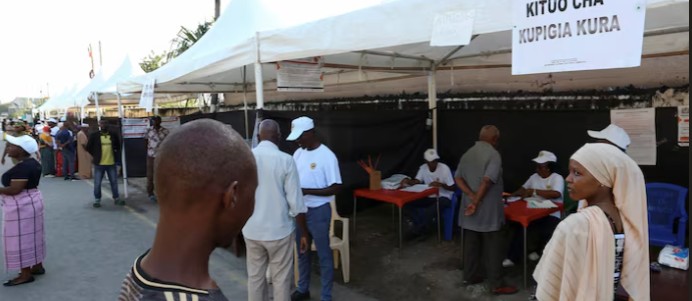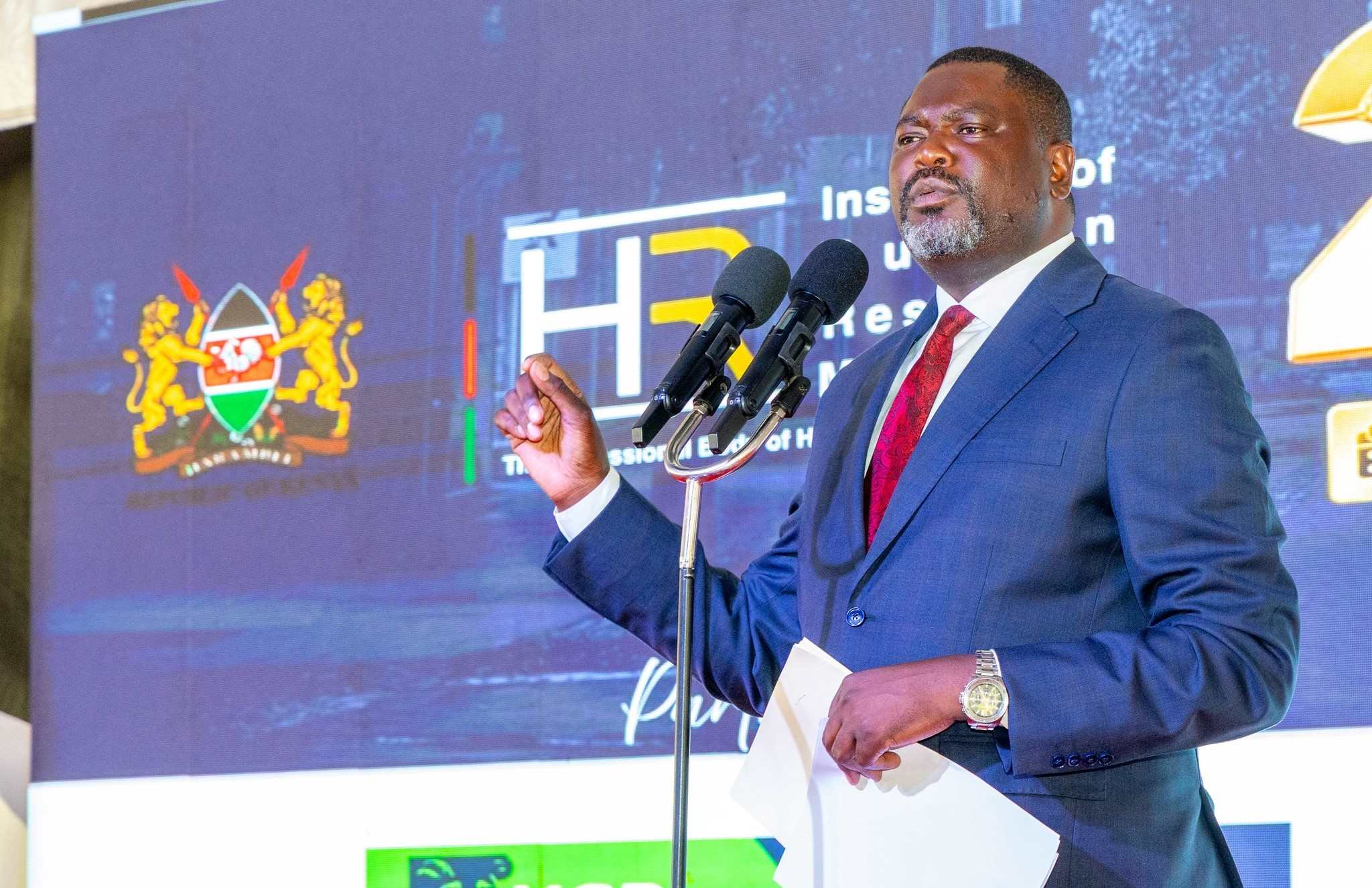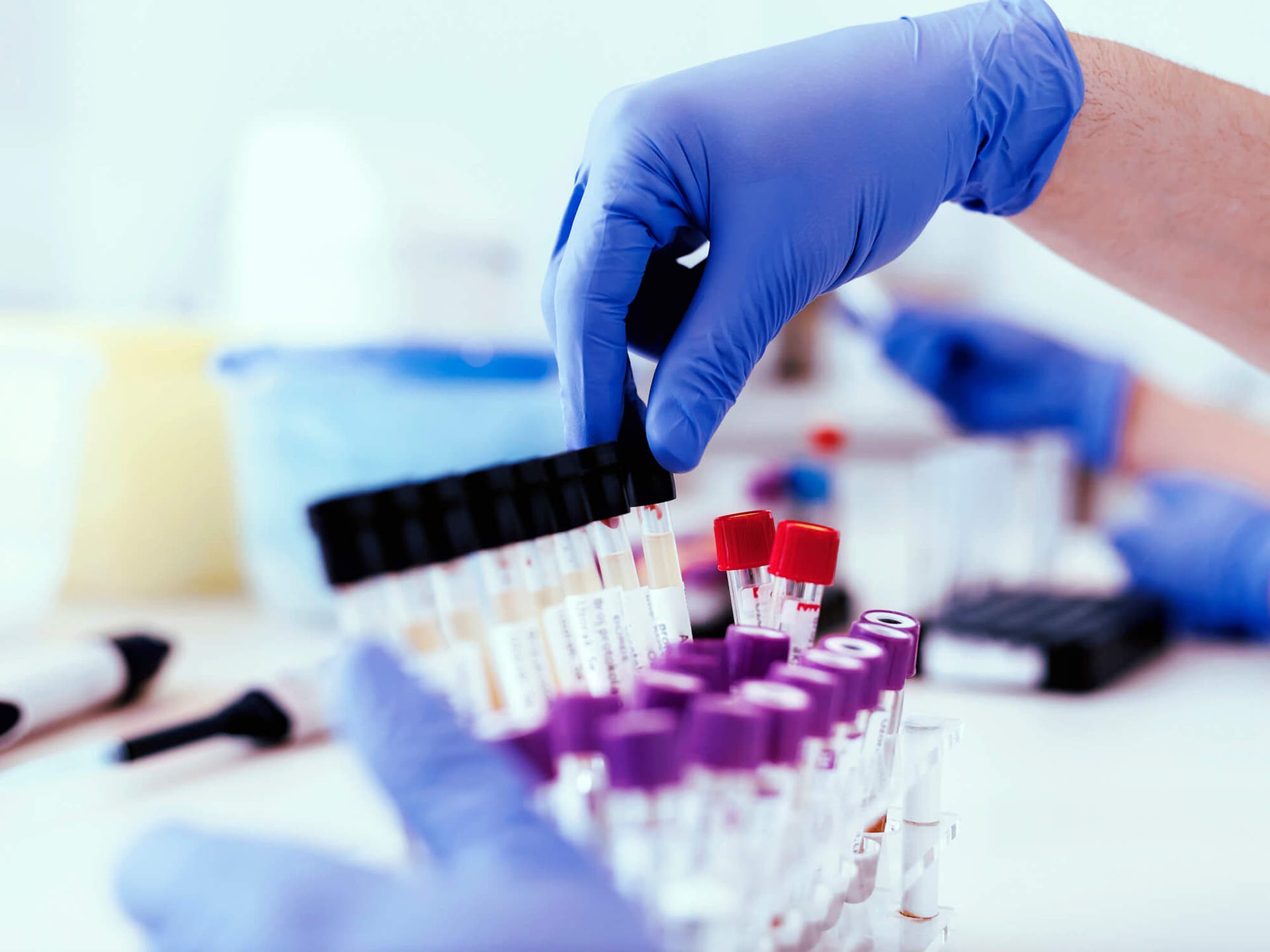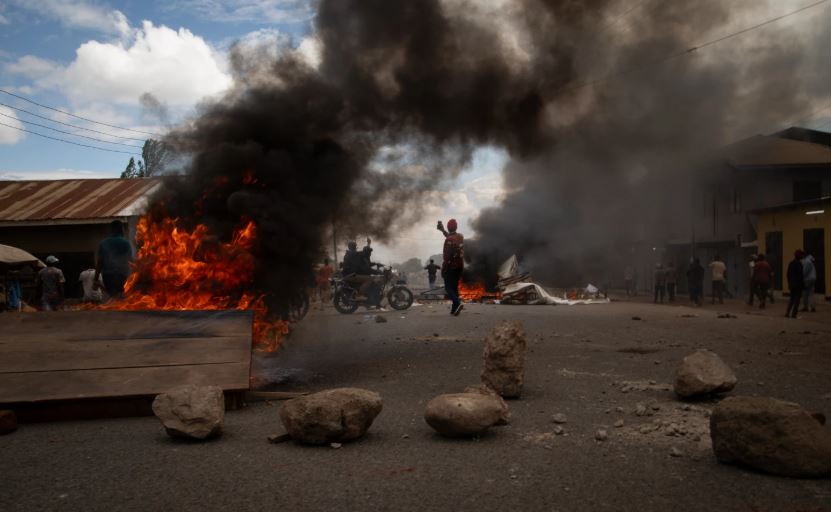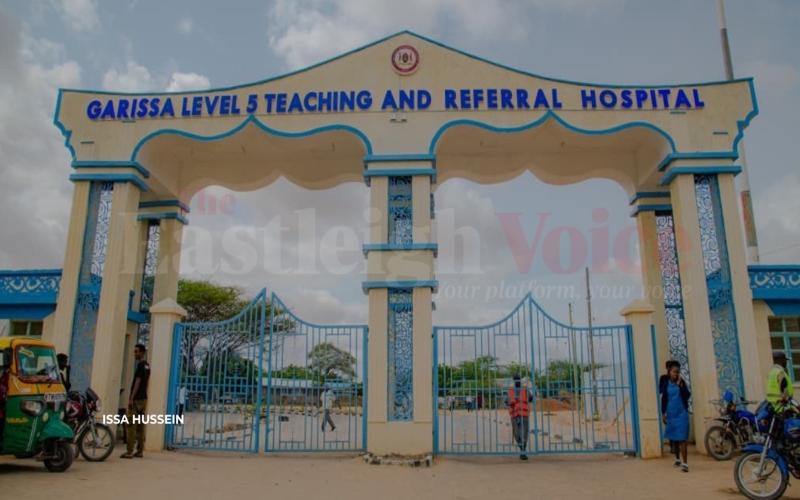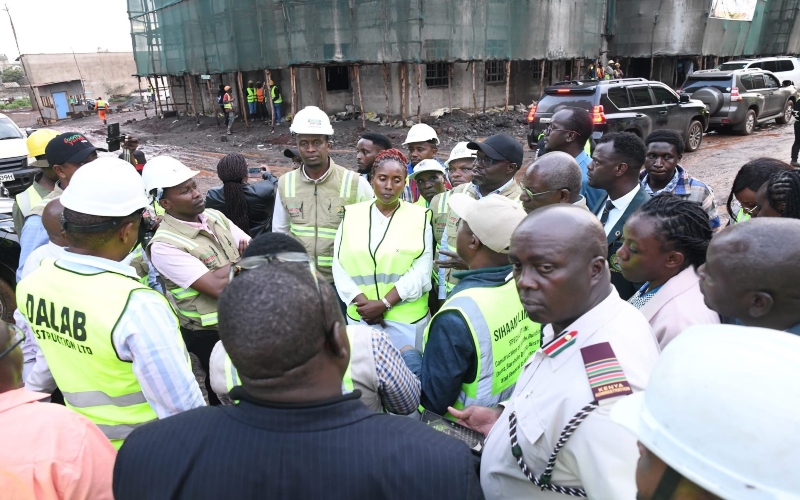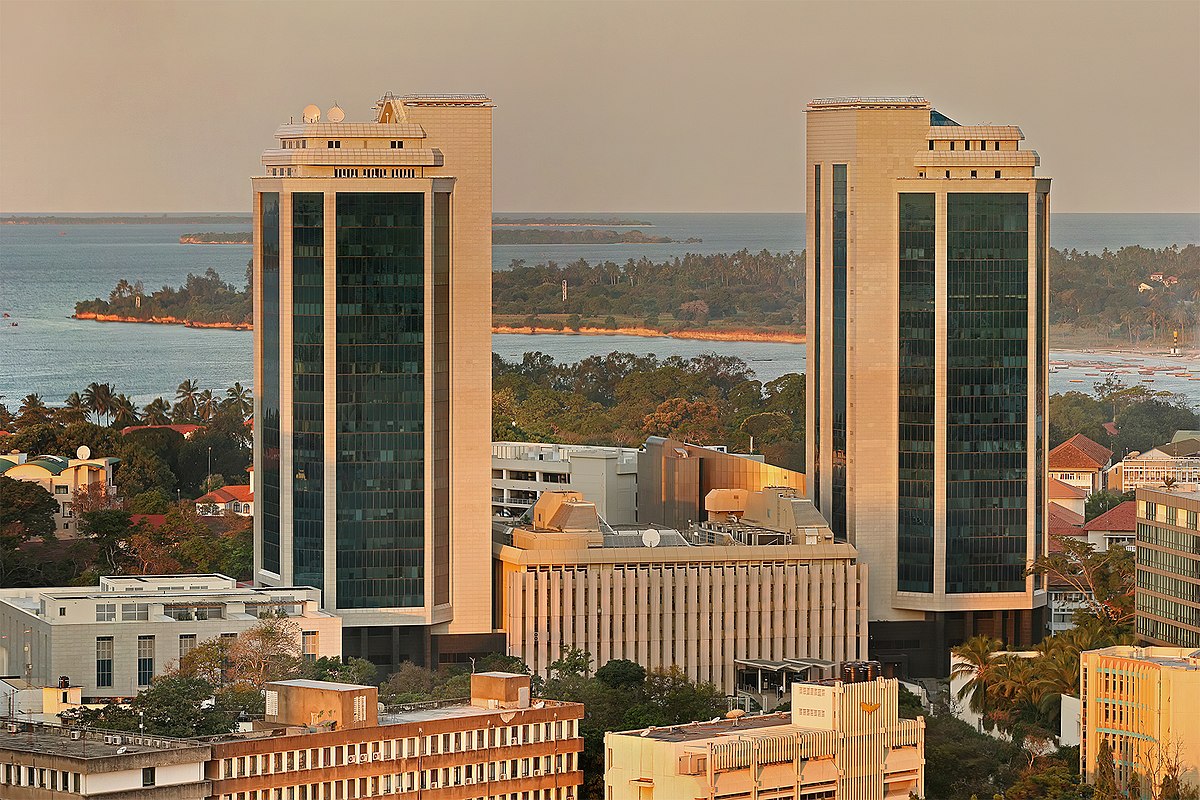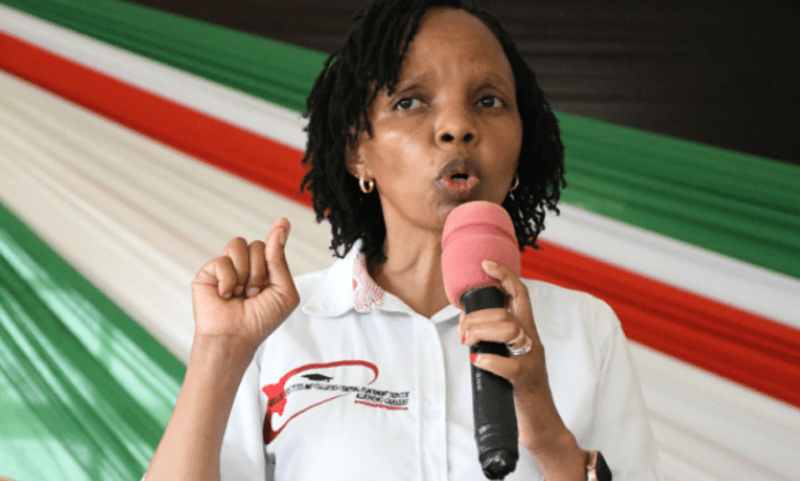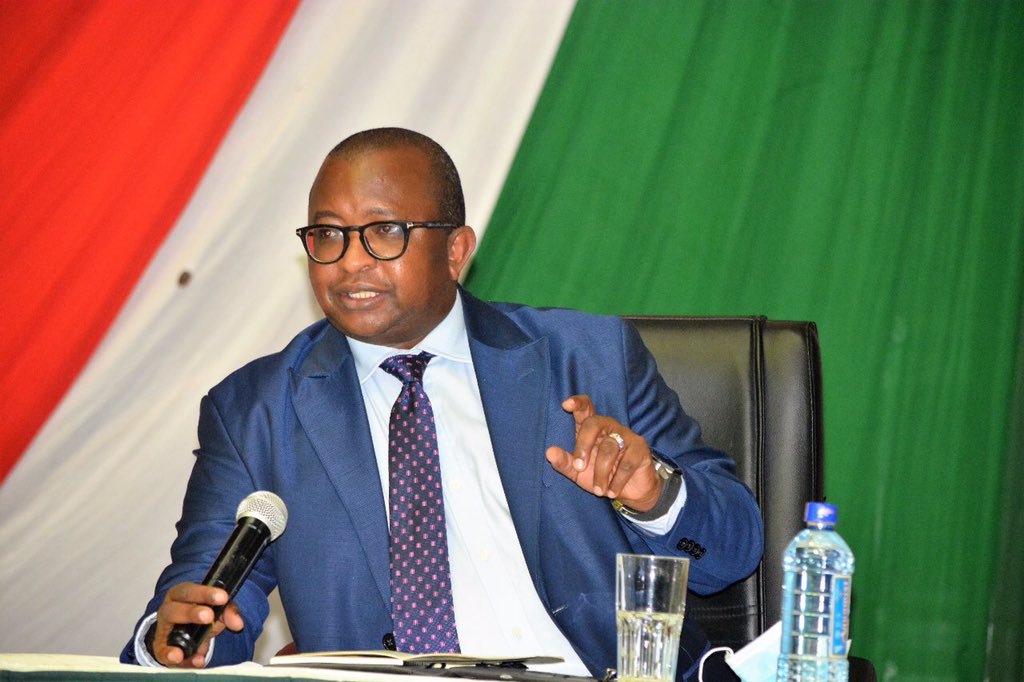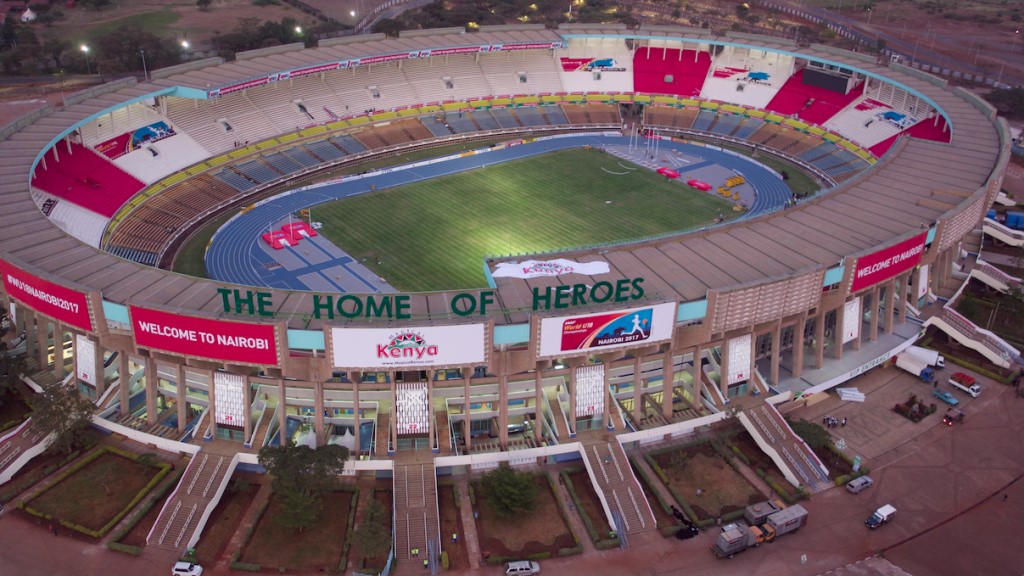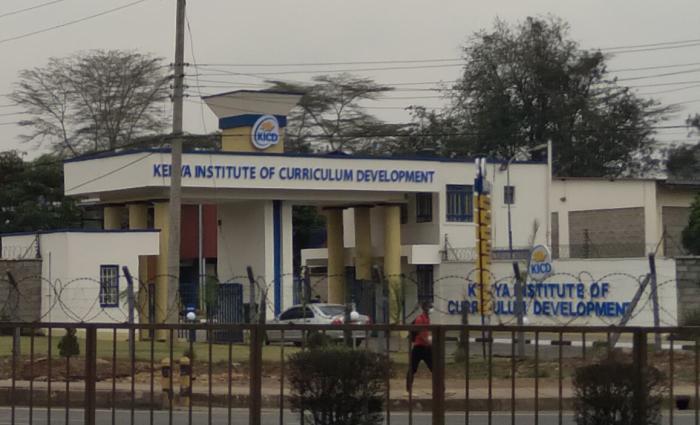Anguish for patients as healthcare delivery plagued by delays, mismanagement across counties
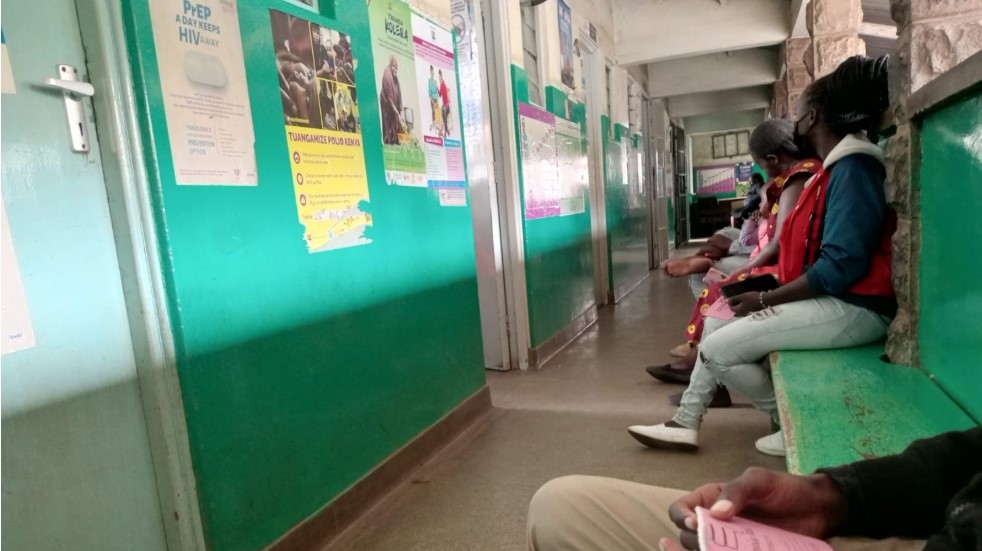
Patients continue to experience long delays, and healthcare workers are burdened with inefficient manual systems.
In counties across Kenya, millions of shillings meant to improve health services have failed to reach those who need them most, leaving patients and healthcare workers frustrated as projects stall and essential equipment sits unused.
Auditor General Nancy Gathungu’s 2023-24 audit report exposes how delays in county hospital projects and procurement mismanagement are affecting the quality of care in communities.
More To Read
- Only six in 10 Kenyan health facilities adequately equipped for quality care - report
- Data gaps threaten Kenya’s health goals as key indicators on mental health, drugs go unmeasured
- Senators vow to hold SHA accountable for delayed health funds to counties
- MPs slam Ministry of Health over SHA failures, demand urgent reforms
- Governors, Ministry of Health, resolve to verify all UHC staff before transfers
- Cabinet approves Bill to combat healthcare malpractice, enhance patient safety
Nairobi County’s Mutuini Hospital is one of the hardest hit. The Sh169.4 million allocated to finish the Modern OPD Complex has gone largely unaccounted for, leaving patients who rely on the facility in limbo.
The project had initially stalled under a different contractor, who completed just half of the work before abandoning the site.
Despite a new contractor being hired at a higher cost, the project remains incomplete, and the facility, which was supposed to serve thousands of outpatients, continues to be unavailable.
Similarly, in Kilifi County, the ambitious plan to implement the County Integrated Hospital Management Information System for Sh31.6 million has failed to materialise.
While the system promised to streamline patient care with modules for outpatient services, pharmacy management, and financial tracking, only three modules have been implemented, leaving the rest incomplete.
Inefficient manual systems
Patients continue to experience long delays, and healthcare workers are burdened with inefficient manual systems.
The report also highlights unfulfilled procurement, such as the case of the Sh75.9 million paid for a CT scan machine in Kilifi. Despite payment being made in June 2024, the machine had not been delivered by the time of the audit, and patients in need of advanced diagnostic services were left with no options.
The same issues are seen with other medical equipment that has been paid for but remains unused in various counties.
In Garissa County, Sh107.9 million worth of drugs meant to aid the region’s health facilities were distributed but never logged into the system.
Without proper records, it is impossible to know where these drugs went or if they were used effectively. A shortage of essential medicines has become a challenge for patients, who now struggle to access necessary treatments.
Residents have expressed their frustration with the continued delays in critical healthcare projects and procurements that should be benefiting them. “It’s a constant battle,” said a resident of Garissa.
In Wajir County, a similar story unfolds. Despite a Sh156.2 million payment to the Kenya Medical Supplies Authority (KEMSA) for drug supplies, Sh97 million worth of drugs could not be verified due to missing documentation.
Wajir’s hospitals, already under pressure due to limited resources, are now facing even more difficulties with an unreliable supply chain.
Top Stories Today
